River otters are rambunctious, aquatic, streamlined mammals that spend much of their time in the water. These hydrodynamic members of the weasel family are voracious predators. This article will refer to the twelve species of river otter, information about sea otters can be viewed here. Read on to learn about the otter.
Description of the River Otter
River otters as a whole look quite similar to weasels. They have long, narrow bodies, with long tails and short legs. Otters have small, rounded ears, and long sensitive whiskers to help them feel the vibrations of their prey. All otters have webbed feet to help propel them through the water, and most species have sharp claws.
Interesting Facts About the River Otter
This group of animals is notorious for being adorable, but they are so much more than looks! Otters are wonderfully skilled predators, who display a number of interesting behaviors and traits.
- Not so Marine Mammal – The only otter species considered a true marine mammal is the sea otter. Sea otters aren’t the only otter that can be found in the sea (i.e. in a “marine” environment), but they are the only otter that spends most of its time in the water. River otter species hunt and travel in the water, but frequently rest and play on land.
- Fisi Maji – The spotted-necked otter lives in Africa, south of the Sahara. The natives call this otter fisi maji, which means “water hyena” in Swahili. This name reflects the otter’s hunting prowess and ferociousness.
- Problematic Pollution – Besides the damage caused to the entire ecosystem, otters are impacted in particular by pollution in a number of ways. While all animals are adversely affected by fish deaths and algae blooms, otters also suffer in coat quality. Pollutants destroy the waterproofing in their coats, reducing buoyance, and causing increased heat loss.
- Hold Your Breath! – Otters can hold their breath anywhere between five and eight minutes! The length of an otter’s dives depends on the individual species.
Habitat of the Otter
It is much easier to list the habitats that river otters don’t live in than to list the areas they do. The only types of ecosystems in which otters cannot be found are deserts, mountains, and polar regions. Basically, they can be found anywhere they have easy access to both land and water. You can commonly find them living in beaver dams.
Distribution of the River Otter
As with their habitats, it is also easier to list locations you cannot find otters. The only continents without otters are Australia and Antarctica. Otter species can be found across Eurasia, Africa, India, Japan, Indonesia, North America, South America, and Central America.
Diet of the River Otter
River otters eat virtually anything that you can find near lakes or streams. They will feed on fish, invertebrates, frogs, clams, crayfish, and small mammals or birds. They use their long whiskers when swimming underwater to feel for the movement of their prey. This allows them to feed even in murky waters.
Otter and Human Interaction
Humans have hunted otters for centuries. They are prized for their thick, luxurious coats, known as pelts. Because these critters are secretive and shy animals they were commonly captured using traps or hunting dogs.
Domestication
In some areas, otters are prized companions and partners, rather than walking pelts. The fishermen in Bangladesh have bred and raised smooth-coated otters for generations. They are trained to chase fish into the fisherman’s nets, and are rewarded with part of the catch and a safe home.
Does the River Otter Make a Good Pet
Otters are great hunters, partially because they have sharp little teeth and a strong jaw! Any animal with teeth can bite, but otters are particularly “munchy,” and should not be handled in any way. This makes them poor pets. Also, it is illegal in most states to own an otter.
River Otter Care
This animal must be provided with plenty of swimming space, as well as sufficient area on dry land to play and snooze. They are intelligent creatures that require lots of enrichment and positive reinforcement-based training to keep them happy and healthy. In zoos, otters are fed a meat-based commercial carnivore diet, fish, carrots, yams, potatoes, crayfish, and worms.
Behavior of the Otter
Most otter species are social, living in groups consisting of a mother and her various generations of pups. The males will often form bachelor groups, and separate from their mothers. They spend much of their time playing with one another and building social bonds. Otters have frequently been seen making slides in the riverbank, and zipping along them.
Reproduction of the Otter
Most species of otters are born in a den of some kind, either a tunnel or abandoned beaver dam. The mother (and sometimes the father as well) will care for the pups. When they are around one month old the pups begin to explore their den, and at two months old they learn to swim. At a year old, the young otters can survive on their own, and often venture off to make their own families.
Beliefs, Superstitions, and Phobias About the Otter
Japanese culture tells a number of tales involving otters, many of them involving shape shifting. Otters seem to be used as a symbol for tricksters, similar to the use of foxes in other folklore. They are said to play pranks on people when they shape shift, often involving the otter turning into a beautiful woman.

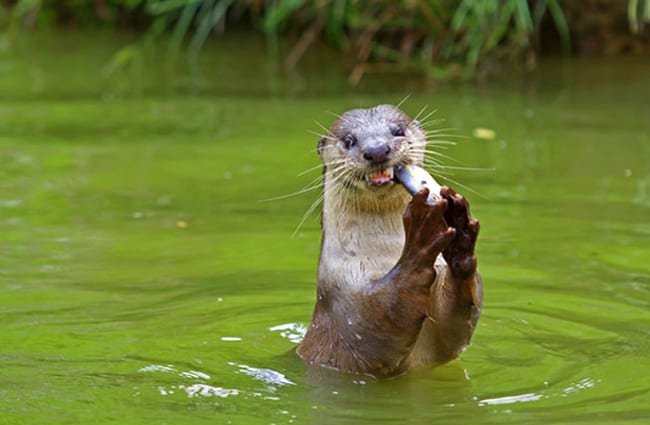
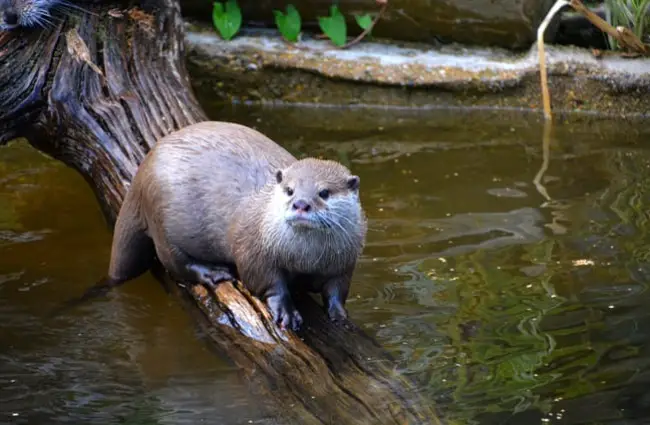
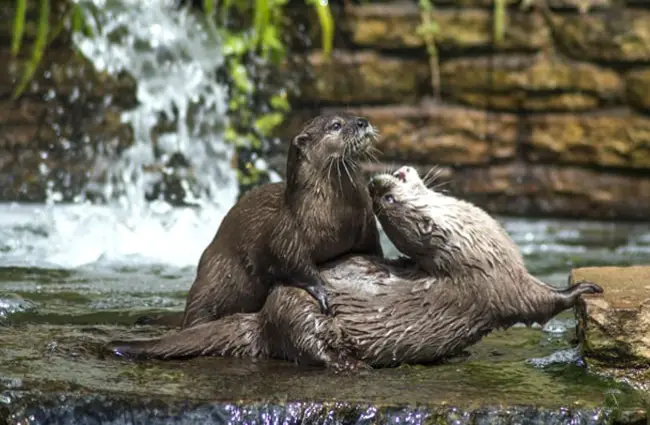
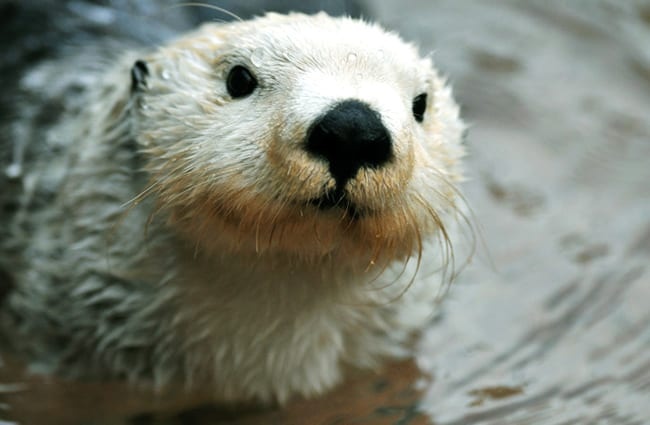
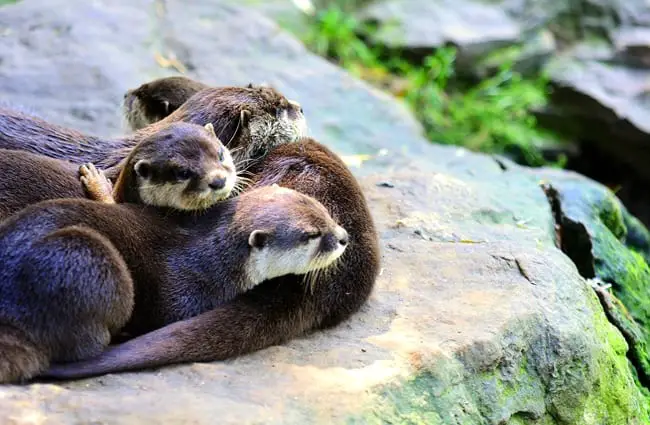
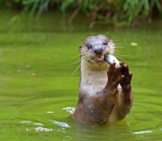

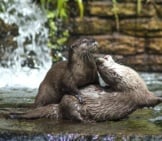
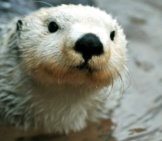

![Red Angus Closeup of a beautiful Red Angus cowPhoto by: U.S. Department of Agriculture [pubic domain]https://creativecommons.org/licenses/by/2.0/](https://animals.net/wp-content/uploads/2020/03/Red-Angus-4-238x178.jpg)












![Red Angus Closeup of a beautiful Red Angus cowPhoto by: U.S. Department of Agriculture [pubic domain]https://creativecommons.org/licenses/by/2.0/](https://animals.net/wp-content/uploads/2020/03/Red-Angus-4-100x75.jpg)

